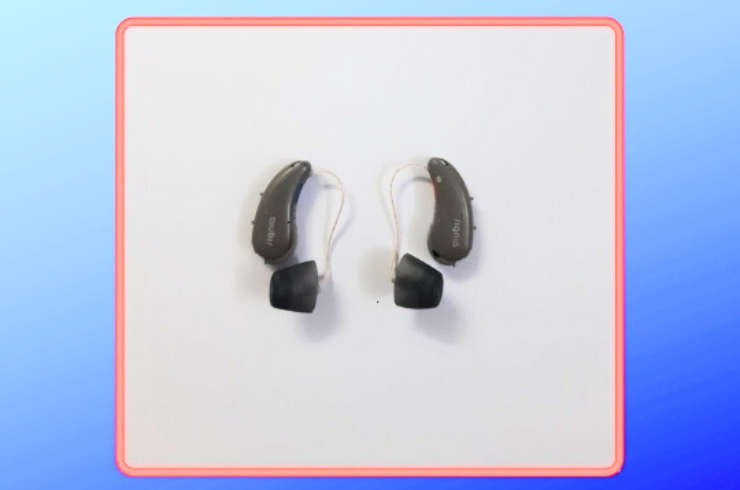
A hearing aid is a small, wearable device designed to amplify sound, helping individuals with hearing loss to hear more clearly. Recognized as a medical device, hearing aids are typically used by people who have difficulty hearing due to inner ear problems, auditory nerve damage, or other hearing-related conditions.
However, hearing aids are not suitable for everyone with hearing loss, and only about 1 in 5 people who could benefit from them actually use them. The effectiveness of a hearing aid depends on the type of hearing loss and individual factors, such as the health of the ear canal and the type of hearing impairment.
Several factors can lead to hearing loss, which can make hearing aids necessary:
There are two primary types of hearing loss:
Conductive Hearing Loss: This occurs when there is a problem in the ear canal, eardrum, or middle ear. It often can be treated with surgery or medical intervention. However, when these solutions aren’t effective, hearing aids may help, especially if the ear canal and external ear are intact.
Sensorineural Hearing Loss: This type of hearing loss is caused by damage to the inner ear or the auditory nerve. Hearing aids are often used in cases of sensorineural hearing loss, as they amplify sound to compensate for the lack of sensory input.
Hearing aids are generally designed for people with normal outer ear structures. However, individuals born without an external ear or ear canal, or those with severe ear canal blockages, may not be suitable candidates for traditional hearing aids. In such cases, bone-anchored hearing devices (BAHA) may be recommended, which send sound vibrations directly to the inner ear through the skull, bypassing the outer and middle ear.
To determine if you need a hearing aid, consult your doctor or an ENT specialist (otolaryngologist). After diagnosing your hearing loss, they will refer you to an audiologist who will perform a hearing test and assess the type and severity of your hearing loss.
An audiologist will also help you choose the most suitable hearing aid style and features based on your needs, lifestyle, and preferences.
There are several styles of hearing aids, each designed for specific types of hearing loss, ease of use, and aesthetic preferences:
Behind-the-Ear (BTE): These devices sit behind the ear and connect to a custom earmold that fits inside the ear canal. BTE hearing aids are versatile and can accommodate a wide range of hearing losses.
In-the-Ear (ITE): These hearing aids fit within the outer part of the ear and are visible. They are larger than other types but offer better battery life and ease of handling.
In-the-Canal (ITC): Smaller than ITE hearing aids, ITC devices are custom-made to fit partially within the ear canal. They are less visible but may not be suitable for people with severe hearing loss.
Completely-in-the-Canal (CIC): These are the smallest hearing aids, fitting deep inside the ear canal. CIC hearing aids are nearly invisible but may not be appropriate for all types of hearing loss.



Digital Hearing Aids: These hearing aids convert sound into digital signals, allowing for precise adjustments and advanced features such as noise reduction, feedback cancellation, and volume control. Digital hearing aids offer more customization and clearer sound quality.
Canal Hearing Aids: These are smaller, more discreet devices that sit inside the ear canal. They are suitable for mild to moderate hearing loss and are preferred by people who prioritize cosmetic appearance.
Hearing aids are an excellent solution for many individuals with hearing loss, helping them to hear more clearly and improve their quality of life. By consulting with an audiologist and carefully considering your options, you can find the right device to meet your specific hearing needs.
Schedule your consultation today and start your journey to better health!
Providing expert care at our ENT Hospital in Hyderabad, specializing in ENT, Head & Neck Surgery services, with advanced treatments and compassionate care to ensure your health and comfort.